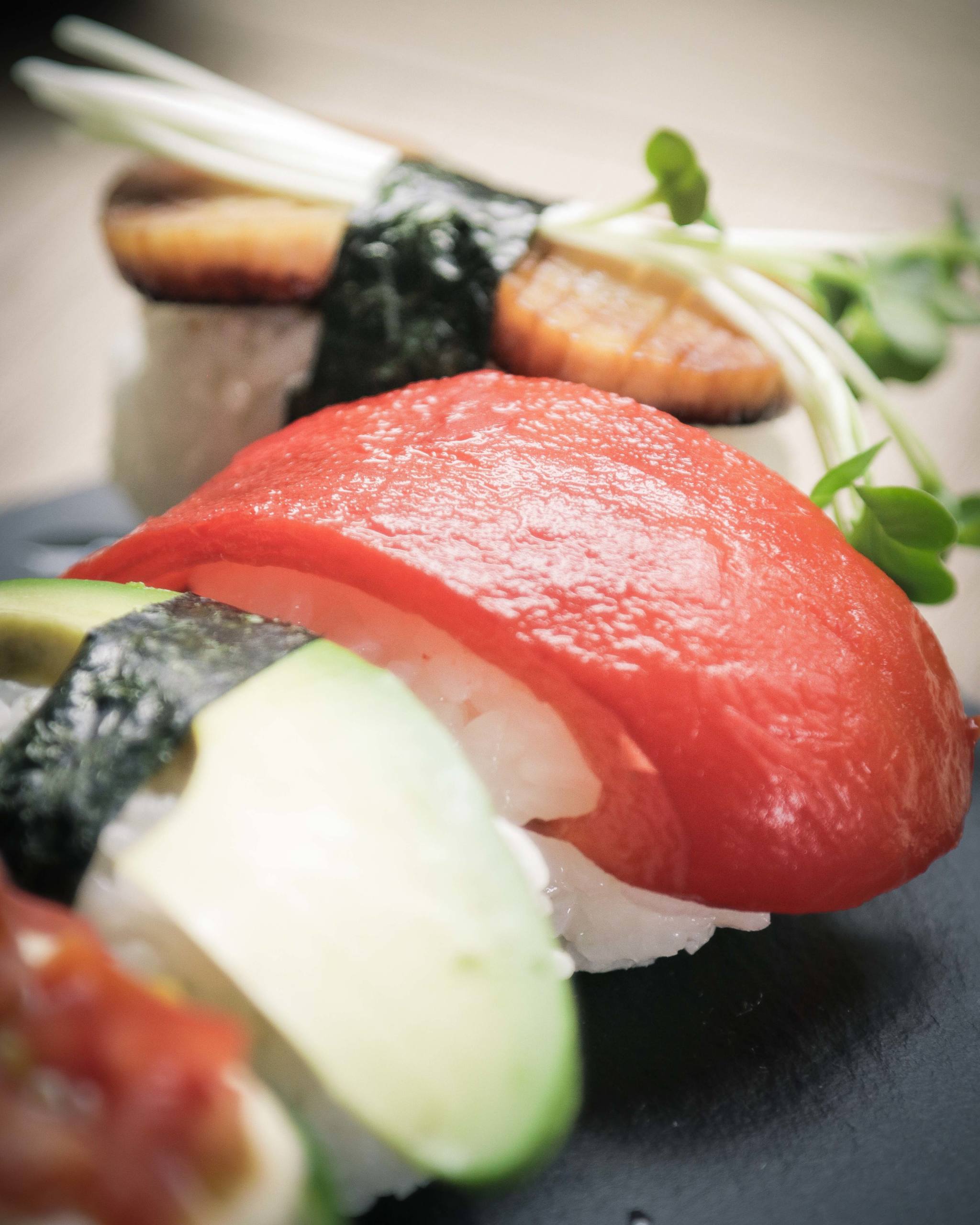
Bentoya ♡ Nigiri Sushi
View this post on Instagram A post shared by Vegan Japanese Cooking Class (@bentoyacooking)
There is a proverb from the Edo era stating that rather than paying a doctor, you should use your money at the miso shop. In Japanese: 「医者に金を払うよりも、みそ屋に払え」
The origin of miso is contested. One theory states that it may have arrived with a Chinese convoy, while another says that it could originate from a fish sauce like product which was popular during the Yayoi period (c. 300 BCE c. 250 CE). Regardless of its origin, miso soon began its gradual rise to popularity, bursting into the mainstream during the Edo period. A wide range of varieties developed depending on regional conditions, ingredients and aging methods—and almost every farmer had their own type of miso. Miso is made by fermenting soybeans with salt and koji (a type of mold), but many makers add other ingredients such as barley, rice and seaweed in order to create a unique flavor profile.
Fermented miso paste contains necessary bacteria (probiotics) for a happy stomach, along with an abundance of vitamins and minerals, such as protein, vitamin K and Zinc.
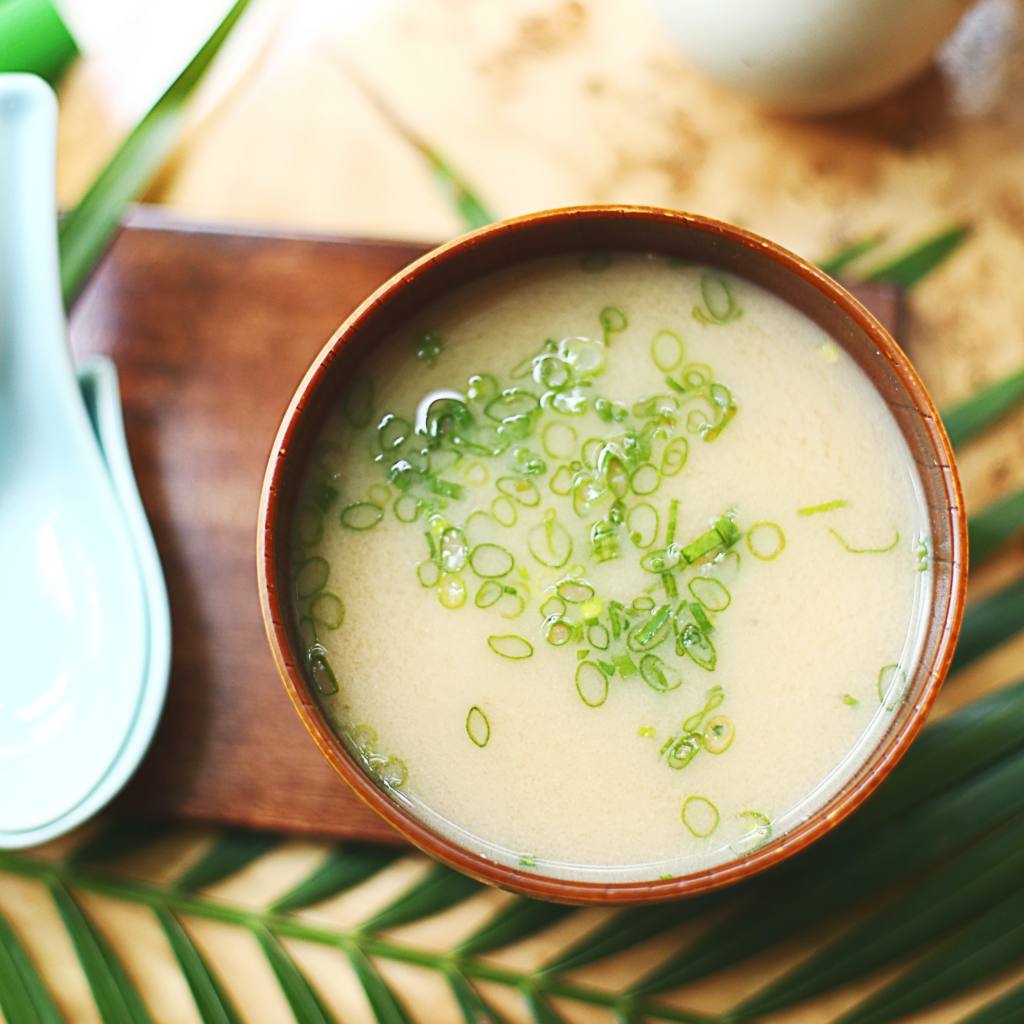
Miso is often characterized by its salty taste, but there are several variations of the paste with different levels of saltiness and flavor profiles. They are typically identified by their colors, which vary based on the ingredients and fermenting period. The most common variations of miso are:
In Kanto (think: Tokyo, Chiba, Yokohama etc.), red miso is popular, while in Kansai (the Osaka and Kyoto region) white miso is more commonly used. While there are variations to the exact taste, all types of miso add a certain depth of flavour – umami, and a bit of salt to the dish. It can be used in a range of plant-based dishes to give them just a bit of extra flavour, or even in baking.

Especially shiro miso works well in different types of desserts as it leans in a savory but sweet direction, though as it contains salt it also works as a salt replacer. In addition to the added depth of flavour, a spoon of miso in the recipe means extra nutrients and probiotics for the stomach.
Today, miso is an unquestionable part of a healthy Japanese breakfast, and an integral seasoning in soup and other dishes. The smooth, fermented paste is often the key ingredient in creating a rich depth of flavor in otherwise simple dishes, such as miso braised vegetables.
When cooking with miso, make sure it does not boil. The high heat destroys some of its nutritional components and saps its flavour.
If you would like to learn more about plant-based ingredients in Japanese cooking, check out this blog post or why not join a class and learn how to make your own miso muffins?

View this post on Instagram A post shared by Vegan Japanese Cooking Class (@bentoyacooking)
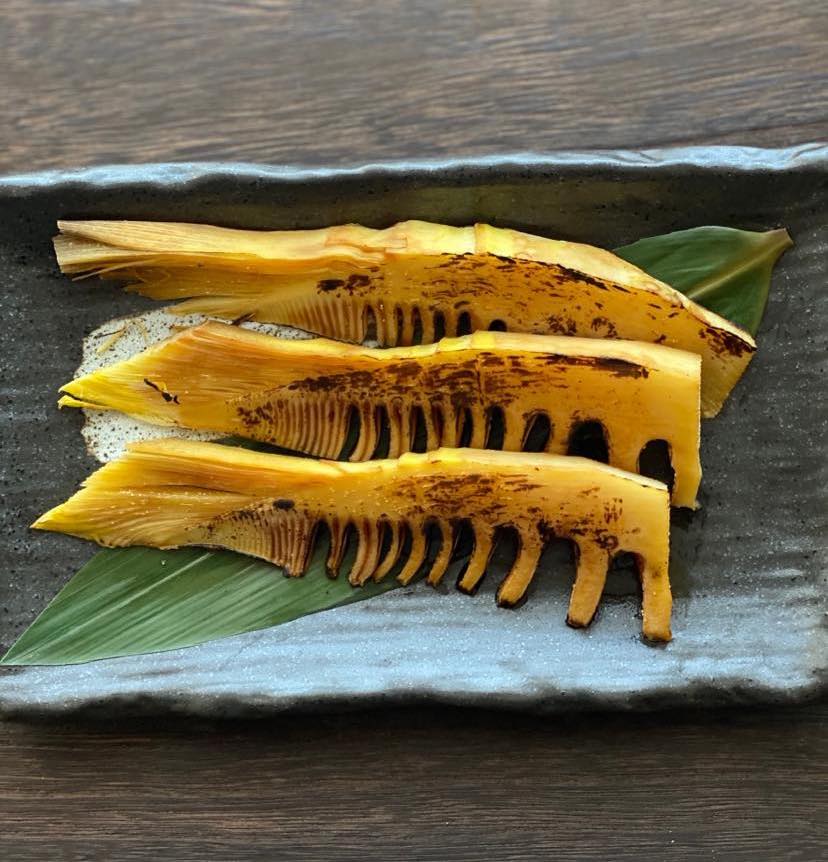
In Japan, the vegetable and fruit selection changes with the seasons. Seasonal vegetables are often budget-friendly and a great way to add variation to your cooking.
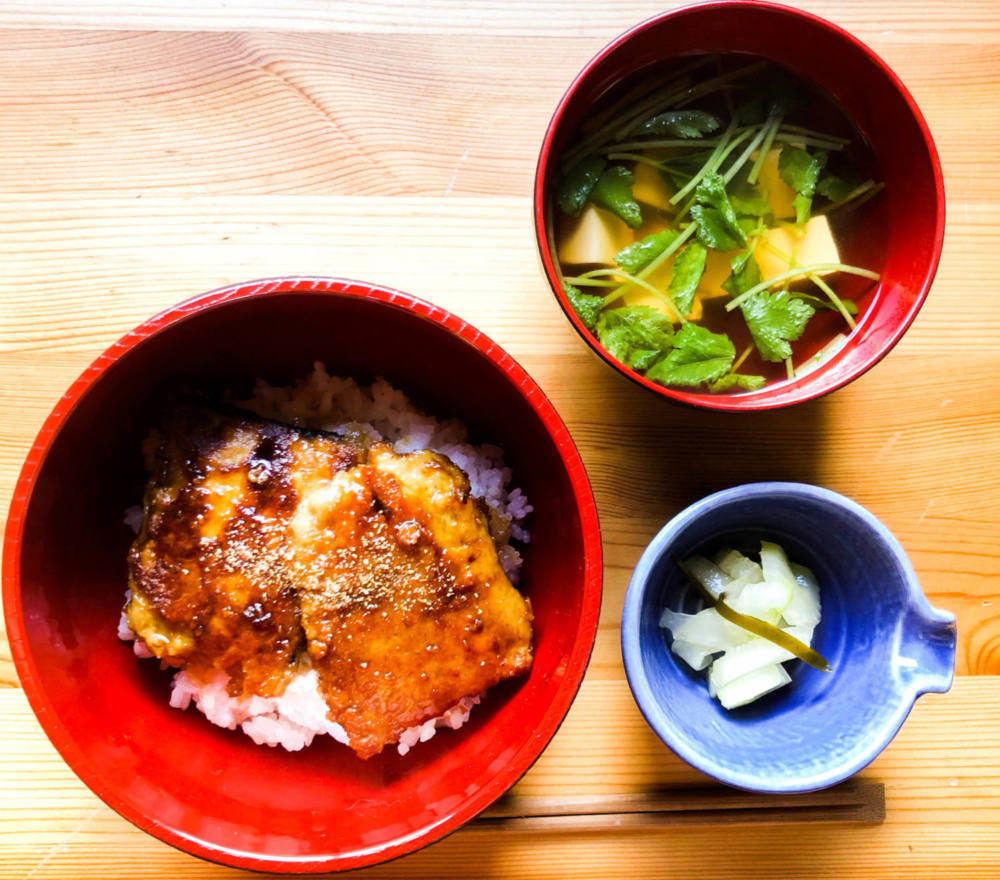
Modoki ryori refers to food which uses plant-based ingredients to mimic the appearance, taste and texture of meat dishes. This type of dishes are common in shojin ryori and they have also achieved a certain mainstream popularity due to the health factor of eating vegetable-rich meals.
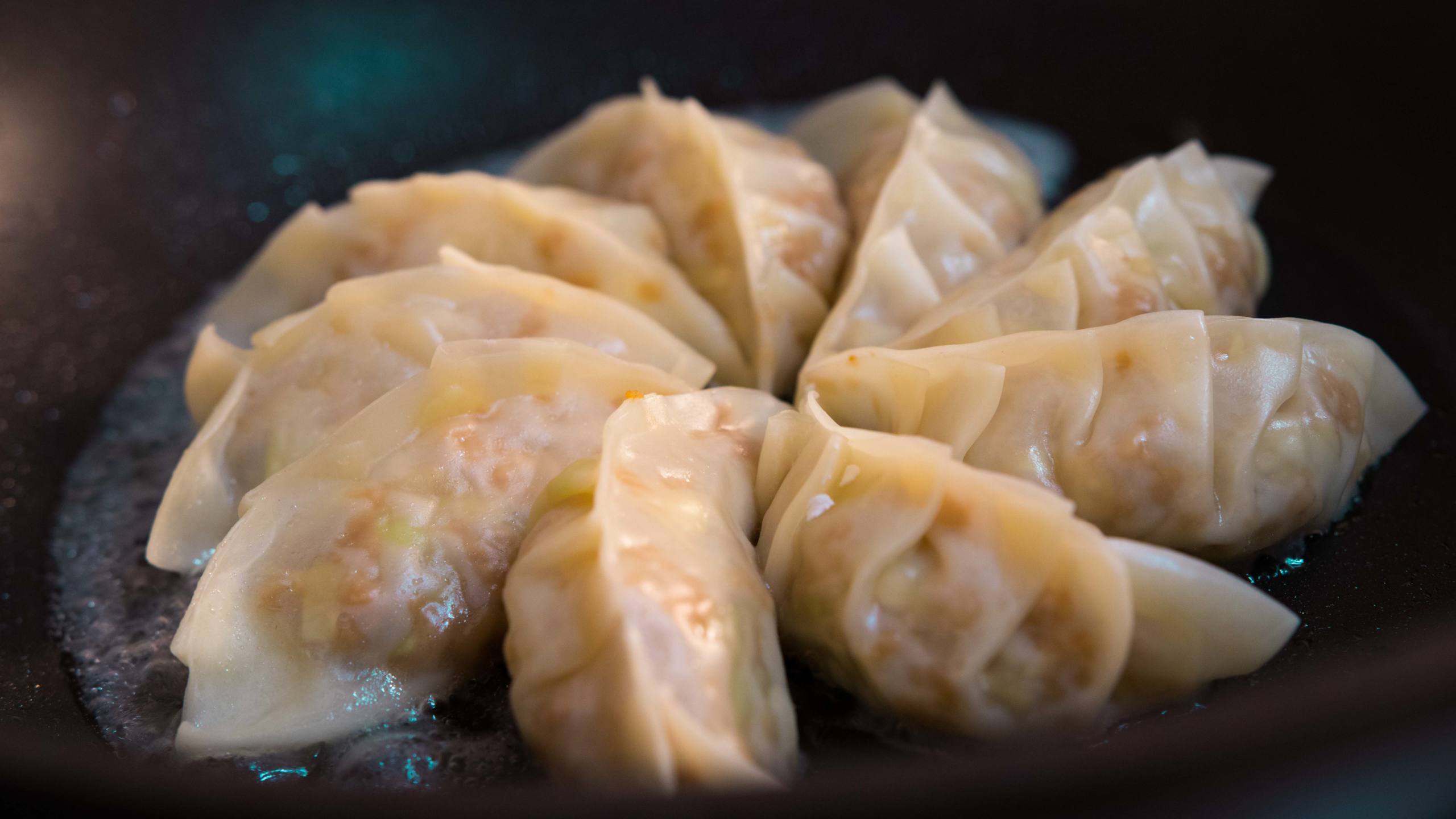
Chuka ryori (中華料理) refers to Japanese-Chinese dishes which originate from China, but have been adjusted to fit the style and taste of the Japanese palette. Dishes that belong to this group are for example ramen, gyoza and harumaki.
Sign up to our newsletter and get our latest recipes, cooking related content & offers delivered right to your mailbox!